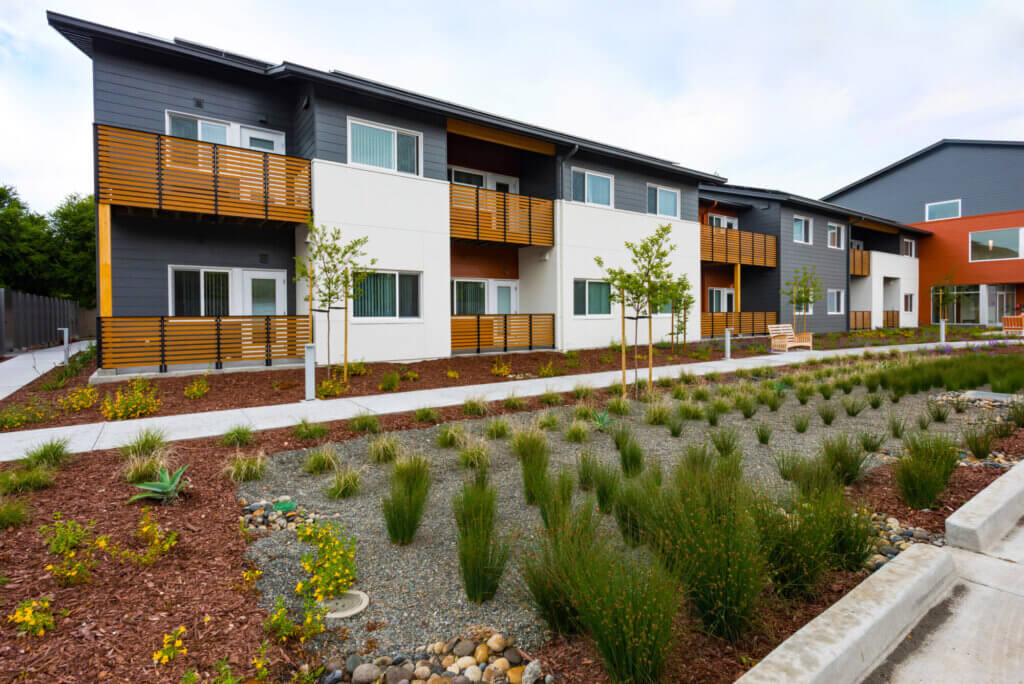Aligning Sustainable and Affordable Development in California
Published On July 5, 2020
California has long been considered a leader in combating climate change, but the state’s housing crisis—with inadequate supply in urban cores and a legacy of sprawling suburban development—threatens its ability to achieve its greenhouse gas emission reduction goals
The Sustainable Communities and Climate Protection Act (Senate Bill 375) aligns land use and transportation planning in order to drive development in transit-accessible places and reduce car dependency and vehicle emissions. SB 375 resulted directly from the goals laid out in the Global Warming Solutions Act of 2006 (Assembly Bill 32) and was signed into law in 2008. SB 375 requires California Metropolitan Planning Agencies (MPOs) to create a Sustainable Communities Strategy (SCS) that identifies the locations and types of development needed to lower vehicle miles traveled and meet greenhouse gas emission reduction targets.
Since the passage of SB 375 a decade ago, climate change and housing issues have remained high priorities in the state legislature, with especially notable movement in the last year. In July of 2017, the state renewed its commitment to the cap-and-trade program through the end of 2030. In September, Governor Jerry Brown signed a package of bills aimed at building more affordable housing, and the recent state budget boosted spending to prevent homelessness and supports a $2-billion bond for homeless housing on the November ballot. And earlier this year, a controversial proposal to increase housing density near transit—Senate Bill 827—garnered national attention for its sweeping ambition. Though the bill died in its first committee hearing, it succeeded in elevating the debate around the need to meaningfully couple the state’s environmental and housing goals.
As policymakers continue to work towards more climate-aligned housing strategies and housing-aligned climate strategies, we might start by understanding the successes and challenges of the most important existing legislation that ties the two issues.
How have the housing provisions of SB 375 been implemented? Today the Terner Center is releasing an analysis exploring these questions in an effort to better understand how the state is positioned to advance these goals.
Overall, our researchers found that SB 375 is an important and necessary step towards aligning housing and sustainability goals, and has deeply influenced the regional planning process in California. However, the law’s impact is limited by insufficient incentives and enforcement mechanisms. On its own, and without increased funding and facilitation, SB 375 cannot sufficiently impact development patterns to meaningfully meet California’s urgent affordable housing and sustainability needs. We conclude the paper with a discussion of the importance of incentives, enforcement, capacity and accountability in ensuring SB 375 can realize it’s essential purpose and goals in the future.





